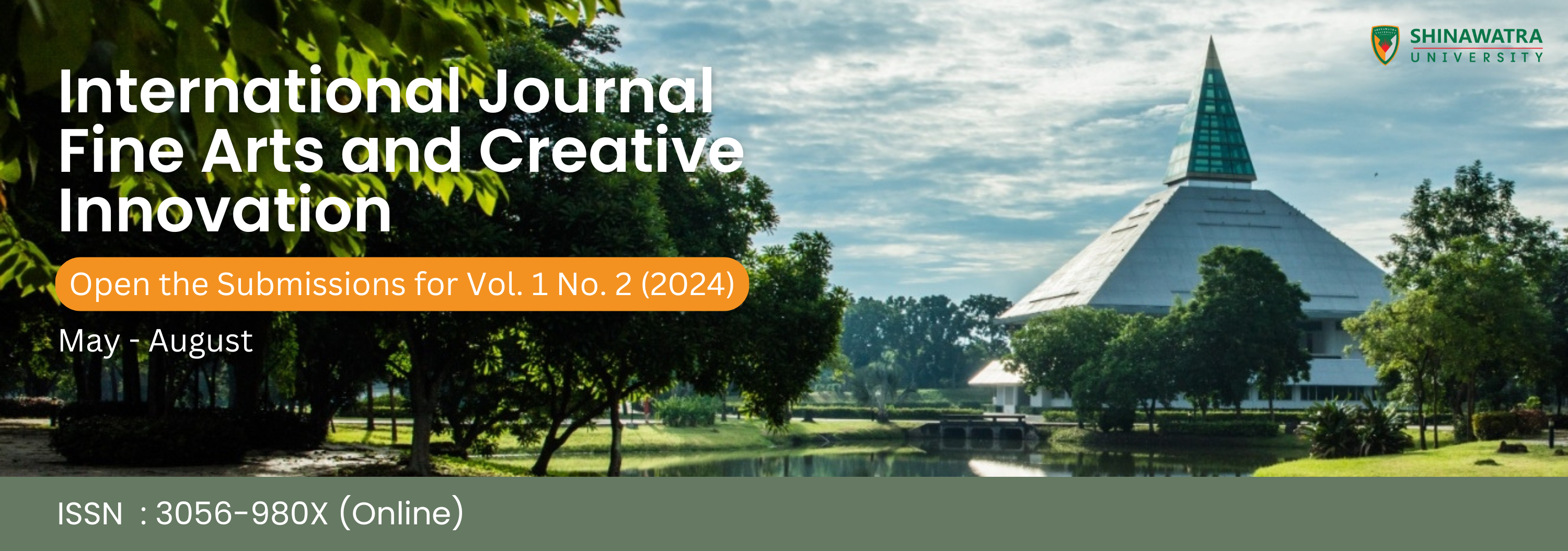Journal Template
Copyright Transfer Form
Citation Style
Expert Evaluation

About the Journal
International Journal Fine Arts and Creative Innovation are created to promote and support the dissemination of work to faculty members, academics, researchers, students, and the general public. Artists and art enthusiasts around the world have the opportunity to publish academic works and research covering all types of creative arts, invention, innovation, product innovation, innovative artistic processes, educational innovations, and more.
The editorial department follows a process for creating a journal that starts with receiving articles and includes a thorough screening. The editorial team selects experts with knowledge and expertise in each field to review the submissions. The editors are happy to accept research and academic articles in the fields of visual arts and innovation to disseminate to educational institutions and others in the future.
The editorial team thanks all those who submitted articles. Copyright of the articles belongs to the authors and Shinawatra University and is reserved by law. We also thank all the experts who sacrificed their time to review and provide suggestions, which will be useful in developing and improving the journal for even greater quality in the future.


